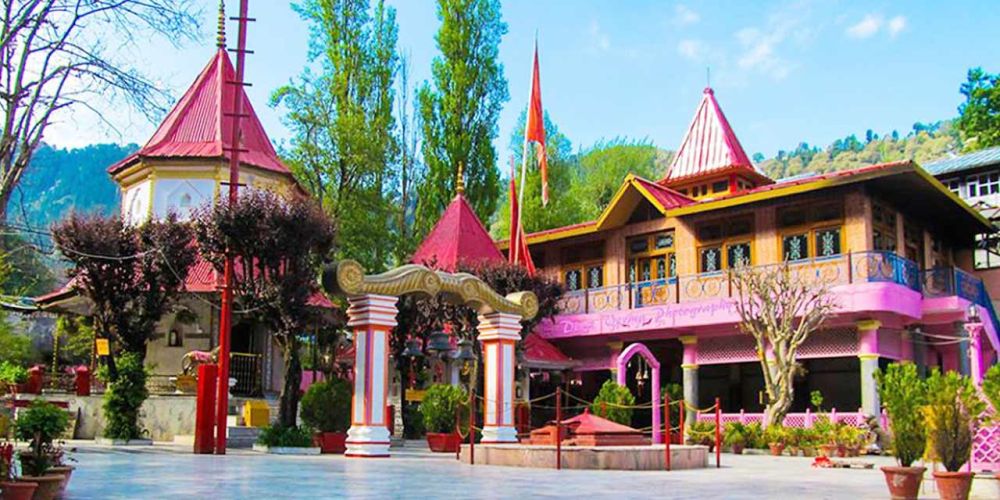

The Naina Devi Temple is a significant place of worship and an important pilgrimage site in Nainital, Uttarakhand. It is dedicated to the Hindu Goddess Naina Devi, who is believed to be a manifestation of Goddess Sati, the wife of Lord Shiva. The temple's history dates back to ancient times when it was believed to have been built by a devotee of the Goddess.
The temple gained popularity as a pilgrimage site over centuries, with thousands of devotees flocking to offer their prayers, especially during the auspicious days of Navratri and Shravan Ashtami. According to legend, the eyes (naina) of Goddess Sati fell at this spot when Lord Shiva was carrying her body, thus giving the lake and the temple its name – Naini, from naina, meaning 'eyes', and tal, meaning 'lake'.
In the 19th century, with the arrival of the British administration, Nainital was developed into a hill station, and tourism became an integral part of the town's economy. The picturesque beauty of the region, combined with the mythological importance of the Naina Devi Temple, drew visitors from all over India and the world.
Over the years, the infrastructure around the temple and Nainital has significantly improved, making it more accessible to tourists. The temple has been renovated and expanded several times to accommodate the increasing number of pilgrims.
In recent years, Nainital and the Naina Devi Temple have observed a shift in tourism trends. With the growth of digital platforms and social media, there has been an increase in awareness and promotion of lesser-known pilgrimage sites and natural attractions. Eco-tourism and sustainable travel have also become important trends in the region.
Adventure tourism is on the rise, with visitors seeking out activities like boating on Naini Lake, trekking in nearby areas, and visiting other attractions such as the Nainital Zoo and Tiffin Top. Spiritual tourism continues to thrive, with the temple being a focal point for those seeking a divine experience.
The local government and various stakeholders have been working on developing homestays and community-based tourism to give travelers a more immersive experience while boosting the local economy.
Online bookings and virtual tours have also become commonplace, as a response to the global situation after 2020, offering devotees and tourists ways to engage with the temple from the safety of their homes.